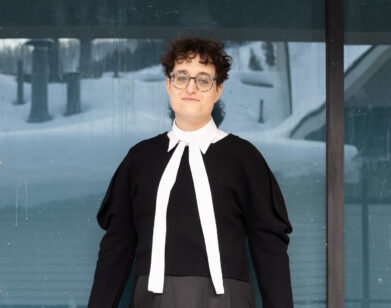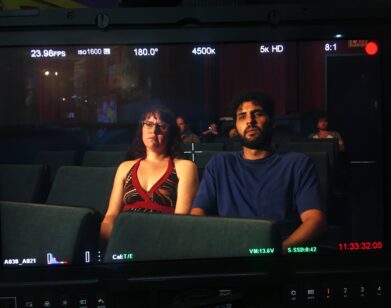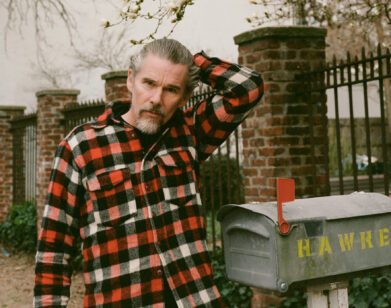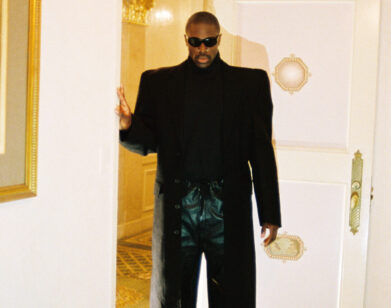Party People

Whit Stillman specializes in erudite, dryly comic dissections of privileged Manhattan youth, and his 1998 film The Last Days of Disco casts a fond glance back on a waning era that left many of these ingenues high and dry, or at least high: “Sort of the end of 60’s free thinking, free sex, free everything, and the beginning of the 90’s cynicism,” as cast member Matt Keeslar says in the making-of featurette that accompanies Criterion’s new DVD release of the film.
The film is set, as a title card announces, “in the very early eighties.” This vagueness allows Stillman to be a bit all over the place with the soundtrack and indulge other inspirations (such as Studio 54, which the club where a good deal of the action takes place resembles) without being chained to them. “We kind of fell in love with all the disco themes” during the editing of his previous film, Barcelona, Stillman (who works with the same people and uses the first-person plural frequently) reveals. Cast and crew blazed through the production in order to beat the similarly-themed, star-packed and, ultimately, somewhat disastrous 54 into theaters.
Chloë Sevigny, who was living in Connecticut at the time, confesses in the new audio commentary that she came to her audition hungover. “That was very effective, because you were in character,” Stillman drolly points out. The studio was in negotiations to get Winona Ryder for the part, but Stillman preferred Sevigny and cast her in the role of Alice, the roommate and introspective counterpart of Kate Beckinsale’s glib and selfish and preppy princess, Charlotte.
It must be said that these well-bred girls and their friends don’t exactly go into the Boogie Nights rabbit hole; they’re better talkers than dancers, more intent on finding their post-college selves through romantic pairing off and nights out en masse than on getting blitzed. The conversations end up being about Salinger and the meaning of “yuppie,” and the one character who does have a drug problem (Chris Eigeman) doesn’t really show it.
There’s a shred of plot here but, as David Schickler writes in the essay that accompanies the DVD, “Who cares about plot engines? As always with Stillman, we are in it for the ensemble’s verbal-social thrusts and parries.” Anyone familiar with Stillman’s work knows this already, of course, which is where the DVD extras come in. Among the interesting tidbits: the club exteriors, where a small army of hopefuls is always clamoring to get in, were shot on Van Dam St. (Incidentally, the cooler-than-thou head doorman is played by Burr Steers, who would go on to direct 17 Again). For the lavish interiors, Stillman went farther afield, to a grand old movie theater in Jersey City.
Appropriately, Anthony Haden-Guest (whose book about New York’s disco days undoubtedly had a big influence on the film) makes his way into a shot or two. Stillman points him out, but does not remark on a shot in which a man who is very obviously George Plimpton can be seen chatting with a naked woman in the middle of the dance floor.
The audio commentary, which features Stillman, Eigeman, and Sevigny, freely wanders away from the movie and back again. At one point, Sevigny lets it be known, for the record: “I was not happy with the hair in the film, overall. It was a little stiff for me.” Stillman defends the hair department, then elaborates: “As I remember it, they wanted your hair to be puffier, to rise above your head. And you liked it to be pressed down.” At the top of Sevigny, a drama of competing forces–uptown and downtown, hip and square, puffery and restraint–was played out. And like Last Days as a whole, the end result was somewhere in between.






